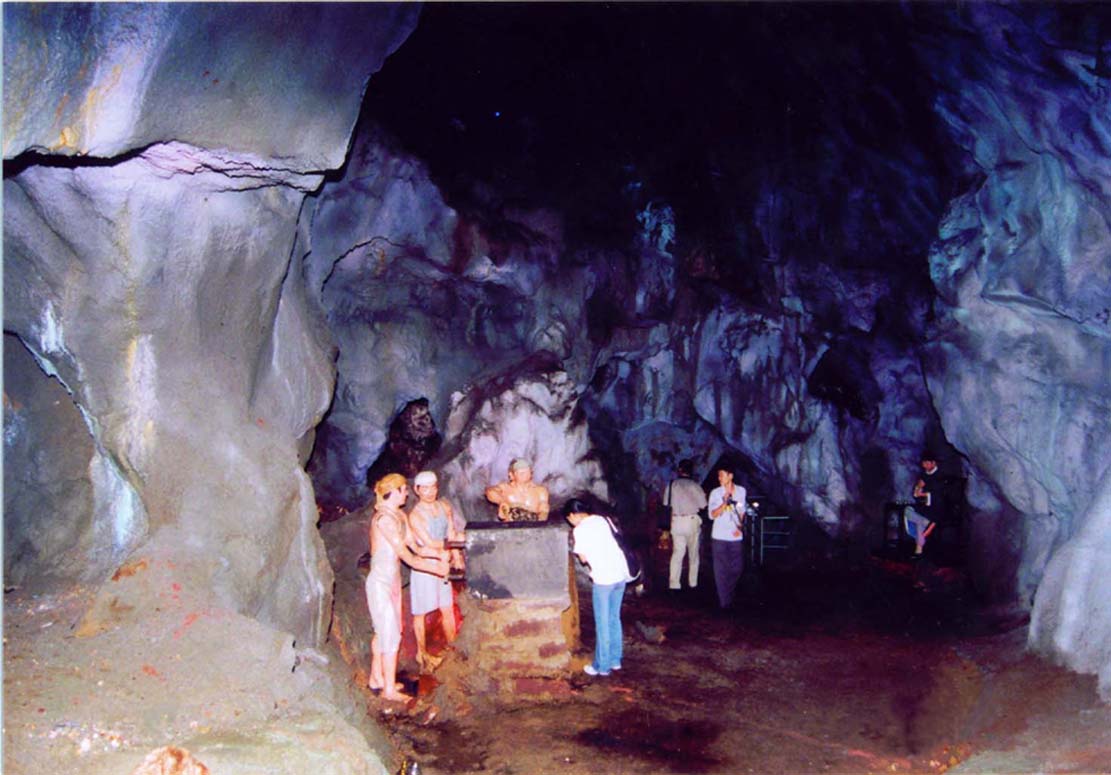银是人类最早发现和开采利用的金属元素之一。
Silver is one of the first metal elements which were found, exploited and used by human beings.
约在5000-6000年以前的远古时代,人类就已经认识自然银,并且采集它。
During the ancient times about 5000-6000 years ago, human race had already recognized natural silver and collected it.
在16世纪以前,世界银矿的采冶中心居地中海和亚洲地区,最大的银矿在希腊、西班牙、德国、和中国,当时年均产银不足200吨。
Before the 16th century, the mining and smelting center of silver in the world was in the Mediterranean and Asian regions, and the biggest silver mines were in Greece, Spain, Germany and China, at that time the annual yield of silver was less than 200 tons.
到了中世纪以后,美洲和大洋洲相继被人们开发,从此世界采银业的重心,逐渐转到秘鲁、墨西哥、玻利维亚,继而发展到美国、智利、加拿大和澳大利亚,至今这些国家仍是世界上主要产银的国家。
After the middle ages, American and Oceania were successively developed by the people, since then the center of the world’s silver mining gradually moved to Peru, Mexico, Bolivia and further to the US, Chile, Canada and Australia, up till now these countries are still the main countries that produce silver in the world.

我国是世界上发现和开采利用银矿最早的国家之一,据甘肃玉门火烧沟遗址中出土的耳环、鼻环等银质饰品考证,早在新石器时代的晚期,我国古代劳动人民就认识银矿,并且采集、提炼白银,加工制作饰物。
China is one of the first countries that discovered and exploited silver mine in the world, according to research of silver ornaments such as ear rings, nose rings etc. unearthed in the Huoshaogou ruins in Yumen, Gansu Province, early in the late Neolithic Age, the ancient Chinese folks had known silver mine, and collected and extracted silver to process into ornaments.
进入春秋时期,全国详知“银之山”10处。在战国至汉代的墓葬中,见有银项圈、银器、银针等随葬品,这充分说明,战国至汉代,不仅能采冶银矿石,而且加工制作银器的工艺也达到了相当高的水平。
During the Spring and Autumn Period, there were 10 known “silver hills” in China. Funerary objects such as silver neck ring, silver instruments and silver needle etc. have been found in the graves from the Warring States period to the Han Dynasty, this fully proves that during the time from the Warring Times period to the Han Dynasty, not only mining and smelting of silver ore, but also the technology of producing silver instruments have reached a very high standard.
到了唐代,据记载,当时全国“有银”地点共35处,民间采银颇盛。唐元和年间(公元806---820年)白银的年收入量达10万余两。宋元是我国古代银矿业继续发展时期,元丰年间,银矿场分布于68个州(京、府、军),元丰元年银的总收入量达21万余两。
During Tang Dynasty, according to the recordation, there were in total 35 places “with silver” around China, and the silver mining was quite flourishing among the people. During the Yuanhe years of Tang Dynasty (806-820 AD), the annual yield of silver reached over 5 tons. During Song Dynasty and Yuan Dynasty, China’s ancient silver industry continued to develop, during the Yuanfeng years, silver mines were distributed in 68 states (capital, prefecture and military), and the total yield of silver during the first year of the Yuanfeng years reached 10.5 tons.
银在元代是作为一种主要货币,至元31年(公元1294年),除京师外各路交钞库所存“钞母”白银总数约100万两。但是到了明、清和民国时期,银矿业的发展曾一度停滞不前,年产银量仅徘徊在2-6吨之间。
Silver was a major currency in the Yuan Dynasty, in the 31st year of Zhiyuan (1294 AD), the total silver stored in various banks around China except the capital was around 50 tons. But during the Ming and Qing Dynasties and the Republic of China era, the development of silver mining once came to a stop, and the annual yield of silver only fluctuated between 2 and 6 tons.
我国银矿的地质工作始于本世纪初地质调查所成立之后,截止1949年,全国只有十几处含银量高的铅锌生产矿区(如水口山、柴河、澜沧等)进行了浅部的银矿储量概算。
The geologic work of silver mine in China began at the beginning of this century when the geologic research institute was established, up till 1949, there were only more than 10 lead and silver mining areas with high contents of silver (such as Shuikou Mountain, Chaihe River, Lancing etc.) that had performed estimation of silver reserves in the shallow part.
新中国成立后,50年代在对有色金属矿床进行大规模勘探的同时,对伴(共)生银矿开展了综合评价。
After the establishment of the New China, during the fifties, while performing large-scale exploration of nonferrous metal deposit, comprehensive assessment was also performed for the adjacent silver mines.
60年代后期逐步加强了独立银矿的地质调查和科学研究,至70年代末有7处大、中型号银矿产地(山东十里堡、浙江银坑山、湖北银洞沟、陕西银硐、河南破山、广东庞西洞、广西金山)经勘探转入工业评价。
In the late sixties, the geologic survey and scientific research of independent silver mines were gradually strengthened, by the end of the seventies there were 7 large and medium sized silver producing areas (Shilibao in Shandong, Yinkengshan in Zhejiang, Yindonggou in Hubei, Yindong in Shanxi, Poshan in Henan, Pangxi Cave in Guangdong, Jinshan in Guangxi) that had been turned into industrial assessment through exploration.
近40年来,我国银矿业得到迅速发展,全国已有26个省、市、区找到了工业银矿床,现建成生产和综合回收白银的矿山与冶炼企业有200多个,白银的产量也由1949年的4.6吨增至目前年产超千吨。
During the last 40 years, silver industry has been rapidly developed in China, industrial silver deposit has been found in 26 provinces, cities and regions around China, there were over 200 mines and smelting enterprises that have been established by now to produce and recover silver, and the yield of silver was also increased from 4.6 tons in 1949 to currently exceeding 1,000 tons each year.
| 
